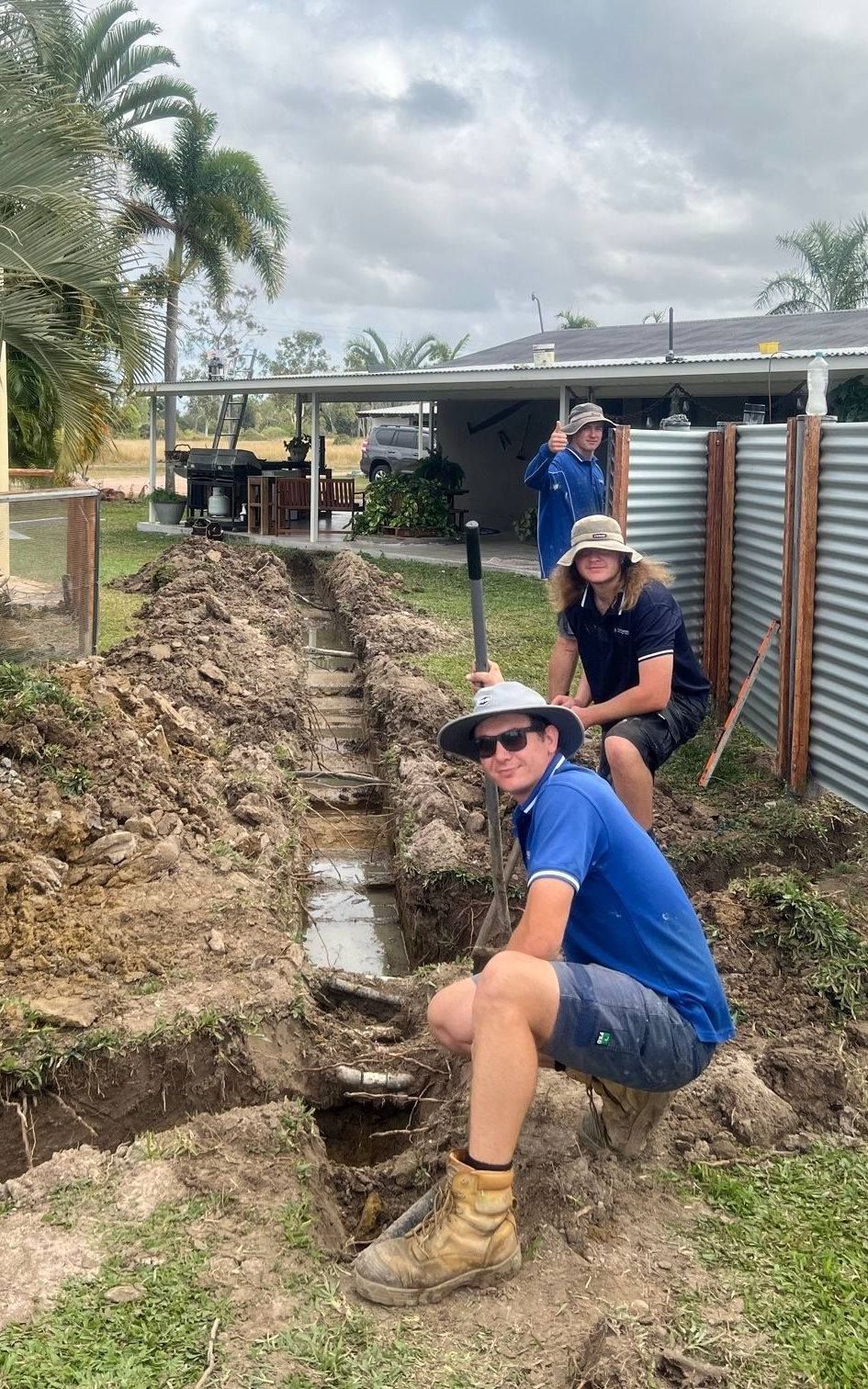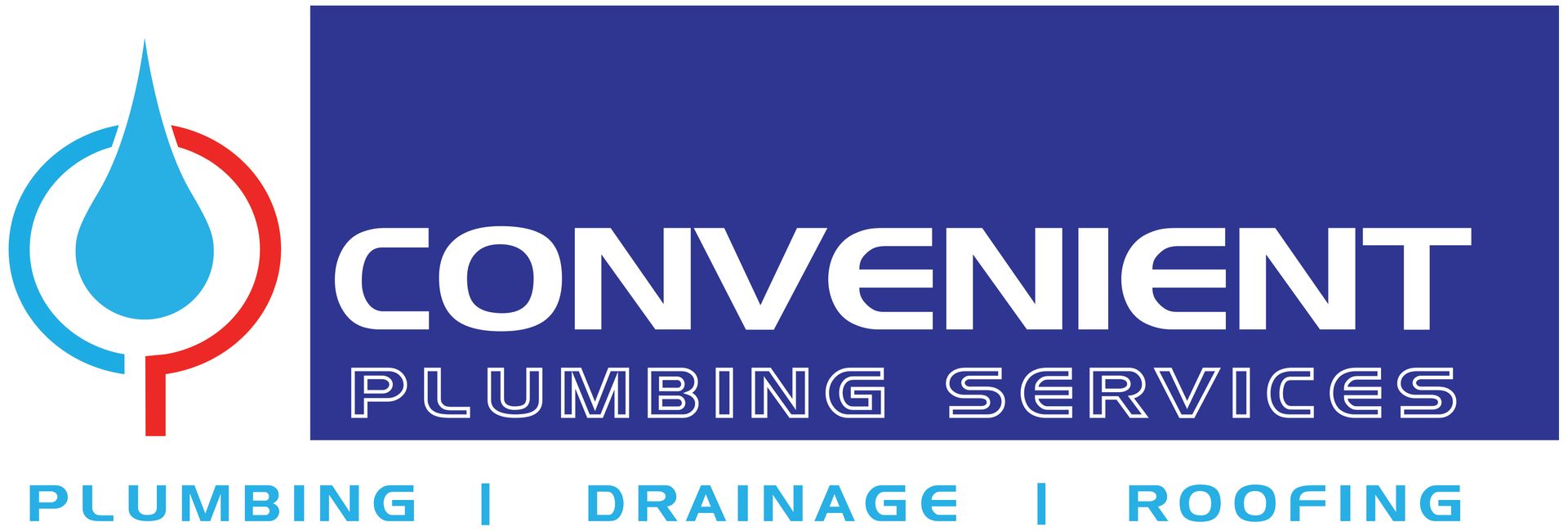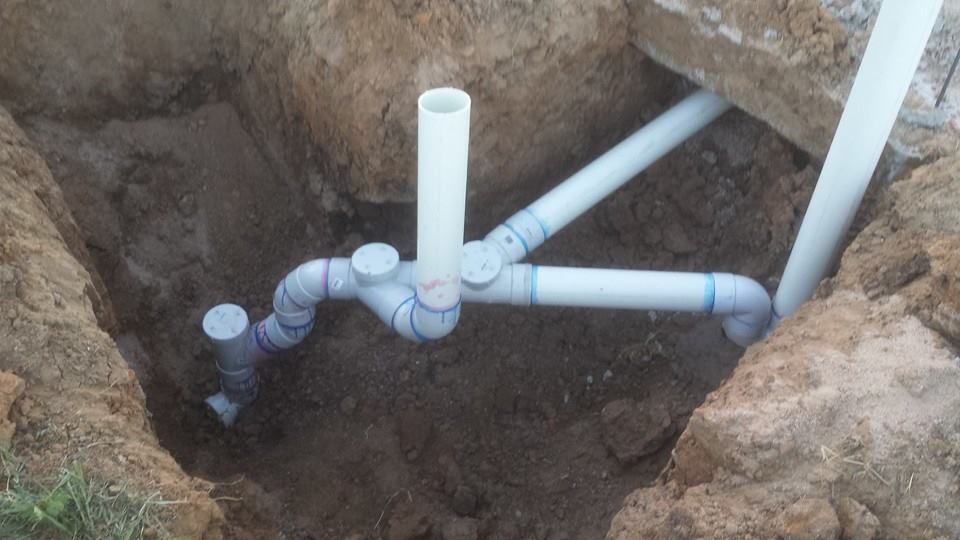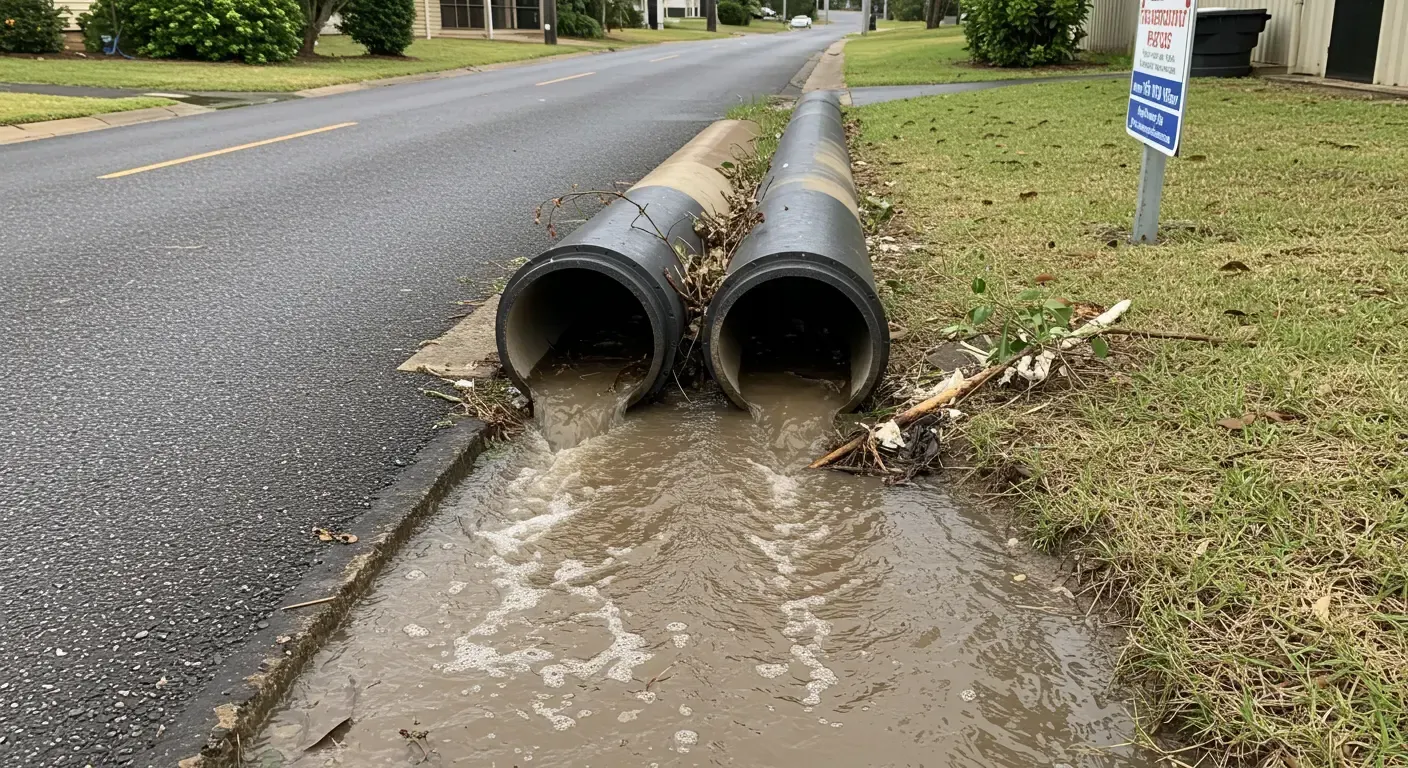Most people never think about their backflow prevention device.
It sits quietly near the water meter or irrigation line, tucked out of sight, doing its job without a fuss. And that’s the issue — it only becomes noticeable when it stops working.
Backflow isn’t noisy or dramatic. It doesn’t burst pipes or flood floors. It shifts silently, pushing contaminated water where clean water should be. One pressure drop, one faulty valve, and suddenly the water coming out of your tap may have picked up something it shouldn’t.
That’s why backflow prevention exists. And that’s why testing it isn’t something you do because a council notice arrives. You test it because it protects every glass of water you pour, every load of laundry you run, and everyone who lives or works in your space.
What Backflow Really Is — and Why It Happens
Backflow refers to water flowing in the opposite direction of how it’s meant to.
Instead of water moving from the main supply into your taps and appliances, it gets pulled backward, from your property back into the public system. That water can carry whatever it comes into contact with: fertiliser from a garden hose, soap and grease from a commercial sink, and even pool water laced with chemicals.
The trigger is usually a sudden change in water pressure—a burst pipe down the street. A hydrant is being opened. A pressure imbalance between your plumbing and the main line.
Without a working backflow device, your system can’t stop that reversal. And in that moment, your clean water supply becomes vulnerable, not just for your home, but potentially for neighbouring ones too.
What Causes Backflow in Homes Around Townsville
Townsville has some specific conditions that make backflow more than just a theoretical risk.
- Storms and water main damage aren’t rare, and both can shift pressure dramatically.
- Older homes with irrigation systems, pools, or outdated plumbing setups may not have the right protection.
- Commercial setups — cafés, salons, workshops — often have equipment connected directly to water lines without the proper buffer.
We’ve seen it happen: a hose left in a pool, a valve that hasn’t been checked in years, and a pressure drop no one sees coming. The result isn’t a broken pipe. It’s something harder to detect — a slow compromise of your water safety.
How a Backflow Prevention Device Works
A backflow prevention device isn’t complex. But it serves a critical role.
Installed at vulnerable points — usually near the water meter, irrigation connection, or fire hose reel — it allows water to move in one direction only: into your property. If pressure ever drops and tries to reverse that flow, the device shuts the gate. No water returns. No contamination spreads.
These devices are mechanical. That means they have internal seals, springs, and moving parts — all of which are exposed to heat, water pressure, and age.
And like anything mechanical, they don’t last forever. Which is why testing isn’t optional. It’s maintenance for something that protects every litre you use.
Why Testing Matters More Than You Think
For many property owners, testing feels like paperwork. Another box to tick because the council says so.
But for professionals and for anyone who’s seen what happens when testing gets ignored, it’s more than that.
When we test a backflow device, we’re not just recording numbers. We’re checking for early signs of failure: a spring that’s weakening, a valve that’s sticking, a seal that’s beginning to crack.
These aren’t things you’ll notice day to day. There are no beeping alarms, no warning lights. But they’re what allow backflow to start — slowly, then suddenly.
Testing once a year catches those signs before they become problems. Before the discoloured water. Before the taste. Before someone gets sick or a business gets fined.
What a Backflow Test Actually Involves
Testing doesn’t take long. For most properties, we’re in and out in under 30 minutes.
Here’s what it looks like when we do it at Convenient Plumbing:
- We isolate the device — so no other water use interferes with the results.
- We connect a calibrated test gauge — certified for accuracy.
- We measure pressure retention and valve response — confirming whether the device holds under realistic conditions.
- We inspect the physical condition — any signs of corrosion, wear, or leaks.
- We record and report — and if it passes, we lodge compliance with Townsville City Council on your behalf.
If something needs fixing, we’ll walk you through your options. And if it’s a quick repair? We handle it right then and there.
No red tape. No waitlist. Just a test that’s done properly — and on time.

How Often Should You Test Your Backflow Device?
In Queensland, most backflow prevention devices are required to be tested annually. That’s not just a local rule — it’s built into the plumbing code for a reason.
One year is enough time for seals to dry out, for small cracks to form, for debris to start interfering with performance. Wait longer, and the device might pass water both ways without anyone noticing.
At Convenient Plumbing, we keep track of when your next test is due. You won’t need to remember, chase it, or risk missing a deadline. We send a reminder, book a time, and get it done before it becomes an issue.
Whether you own a home, manage a café, or oversee a commercial property, the responsibility is yours. We just make it easy to stay on top of.
Signs Your Backflow System May Be Failing
Backflow doesn’t announce itself loudly. It creeps in through small changes that are easy to overlook.
If you notice any of the following, it’s time to call us — even if your next test isn’t due yet:
- Discoloured or cloudy water from any tap
- Unusual taste or odour in drinking water
- Gurgling sounds in pipes when no taps are running
- Sudden pressure drops that can’t be explained
- A visible leak around the device itself
These signs don’t always mean failure, but they do mean your system needs a second look. Ignoring them is a gamble that affects more than just you.
Why Townsville Property Owners Choose Us
Backflow testing isn’t a side service. It’s something we take seriously — because it affects the quality of water flowing through your life.
At Convenient Plumbing, we bring:
- Licensed professionals who know the regulations, the paperwork, and the gear
- Years of local experience working with residential, commercial, and industrial systems
- Straightforward service — no chasing, no delay, no surprises
- Full support — we test, repair, and handle council reporting in one visit
Our clients know they won’t need to follow up, check in, or worry. We don’t just do the job — we take ownership of the result.
Backflow Prevention Starts with One Simple Step
There’s no alarm bell when a backflow device begins to fail. No warning light. Just quiet risk building in the background — until it shows up as discoloured water, unexpected fines, or something worse.
Regular testing isn't a disruption. It’s prevention. It’s the difference between catching a worn valve early and dealing with contamination after the fact. And it’s one of the easiest ways to protect your water, your property, and your peace of mind.
At Convenient Plumbing, we handle the entire process — from testing to reporting — with no drama, no delay, and no half-measures. We show up when we say we will. We do the job properly. And we keep you ahead of the problem, not scrambling to fix it after it’s already there.
Book your backflow test with Convenient Plumbing today — and take one simple step toward protecting everything that flows through your home or business.



